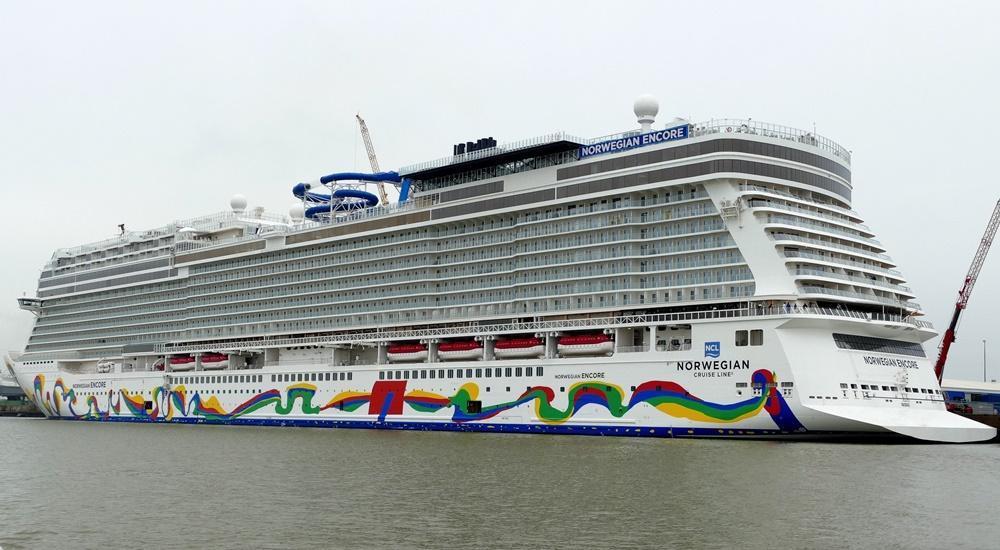NCLH-Norwegian Cruise Line Holdings, the leading global cruise company operating NCL-Norwegian Cruise Line, Oceania, and Regent Seven Seas Cruises, announced its commitment to pursue net-zero emissions by 2050 across the Company's operations and value chain.
NCLH has also committed to developing short-/near-term greenhouse gas (“GHG”) reduction targets in order to support its path to net zero. The Company has published its first TCFD-Task Force on Climate-related Financial Disclosures Report which provides critical transparency to stakeholders.
Norwegian’s new climate commitments strengthen its existing climate action strategy, centered around 3 key focus areas: reducing carbon intensity, investing in technology and exploring alternative fuels, as well as implementing a voluntary carbon offset program.
Norwegian will continue to invest in opportunities to reduce emissions, working closely with its partners to accelerate decarbonization efforts. In 2021, the Company committed to purchase 3M metric tons of carbon dioxide equivalent offsets as a measurable action to address decarbonization gaps in the short term while NCLH explores long-term solutions. A key driver to achieving the Company’s net-zero ambition is the development of alternative fuels along with the critical infrastructure at destinations globally to support the usage of the fuels. As such, Norwegian is committed to partnering/researching/driving discussions to identify the appropriate alternative fuel source that can be sufficiently scaled.

The Company also released its inaugural TCFD report.
As part of the process, Norwegian Cruise Line Holdings engaged teams across the organization in order to conduct an extensive climate risk screening as well as to identify climate-related risks. A scenario analysis was completed to estimate the impact of sea-level rise/cost of carbon, Norwegian’s top physical/transition risks identified via the screening, under hypothetical climate scenarios. Using the assessment results, the Company is aligning its risk management/strategic planning processes with the climate change challenges.